General description
Acetylation is a histone modification in which epsilon amino group of conserve lysine residue is modified with enzymes known as histone acetyltransferases (HATs). HATs are present in two forms nuclear and cytoplasmic. Histone deacetylases are competating enzymes of HATs and are often associated with transcriptional repression and nucleosome condensation. Anti-Histone Deacetylase 1 (HDAC1) antibody can be used in chromatin immunoprecipitation. . This antibody can also be used in double immunofloresence labeling. Anti-Histone Deacetylase 1 (HDAC1) antibody specifically recognizes histone deacetylase 1and reacts specifically with HDAC1 of human, rat and mouse.
Histone acetylation is a dynamic process whose levels are determined by the net activities of HATs and the competing enzymes histone deacetylases (HDACs). Both activities are associated with the nuclear matrix. Six or seven different mammalian HDACs have been described. HDAC1, HDAC2 and HDAC3 are similar to yeast Rpd3 protein, while HDAC4, HDAC5 and HDAC6 are similar to yeast Hda1 protein. Histone deacetylases activities were often, but not always, associated with transcriptional repression and nucleosomal condensations. HDAC1, HDAC2 and several other HDACs are the catalytic subunits of different multiprotein regulatory complexes.
Histone deacetylase 1 (HDAC1) is located in the nucleus. It belongs to class I of histone deacetylases. HDAC1 is located on human chromosome 1p35.
Specificity
Anti-Histone Deacetylase 1 specifically recognizes histone deacetylase 1 by immunoblotting and immunoprecipitation (65 kDa). An additional band of lower molecular weight may be detected in some cell line extracts by immunoblotting. Staining of HDAC1 by immunoblotting is specifically inhibited with the immunizing peptide. The antibody is also useful for the detection of HDAC1 by immunohistochemistry. The epitope(s) recognized by the antibody is resistant to routine formalin-fixation and paraffin-embedding, unless there is a protease digestion. The antibody reacts with HDAC1 of human, rat and mouse origin.
Immunogen
synthetic peptide corresponding to amino acids 466-482 of human and mouse HDAC1.
Application
Anti-Histone Deacetylase 1 (HDAC1) antibody can be used in immunoblotting; immunoprecipitation and immunohistochemistry. It is also useful in chromatin immunoprecipitation.
Anti-Histone Deacetylase 1 (HDAC1) antibody has been used in immunohistochemical staining and chromatin immunoprecipitation (ChIP) analyses.
Anti-Histone Deacetylase 1 is suitable for immunoblotting; immunoprecipitation and immunohistochemistry. (IHC)
Immunoblotting: a minimum working dilution of 1:20,000 is determined using a nuclear extract of HeLa human epithelioid carcinoma cell line.
Immunoblotting: a minimum working dilution of 1:2,000 is determined using a whole extract of PC-12 rat pheochromocytoma cell line.
Immunoprecipitation: a recommended working volume of 5-10 ml is determined using a whole lysate of NIH 3T3 cells.
Indirect immunoperoxidase staining: a minimum working dilution of 1:500 is determined using protease-digested, formalin-fixed, paraffin-embedded human lymph node sections.
Biochem/physiol Actions
Histone deacetylase 1 (HDAC1) prevents the infection of influenza A virus (IAV). The protein plays important roles in DNA repair, splicing, regulation of gene expression and cell division. Overexpression of this gene can be seen in cancers like breast, renal cell cancer, and classical Hodgkin′s lymphoma.
Physical form
Solution in 0.01 M phosphate bufffered saline, pH 7.4, containing 15 mM sodium azide.
Disclaimer
Unless otherwise stated in our catalog or other company documentation accompanying the product(s), our products are intended for research use only and are not to be used for any other purpose, which includes but is not limited to, unauthorized commercial uses, in vitro diagnostic uses, ex vivo or in vivo therapeutic uses or any type of consumption or application to humans or animals.
Shipping Information:
Dry Ice Surcharge & Ice Pack Shipments: $40
More Information: https://cenmed.com/shipping-returns
- UPC:
- 41116001
- Condition:
- New
- Availability:
- 3-5 Days
- Weight:
- 1.00 Ounces
- HazmatClass:
- No
- MPN:
- H3284-.2ML
- Temperature Control Device:
- Yes












